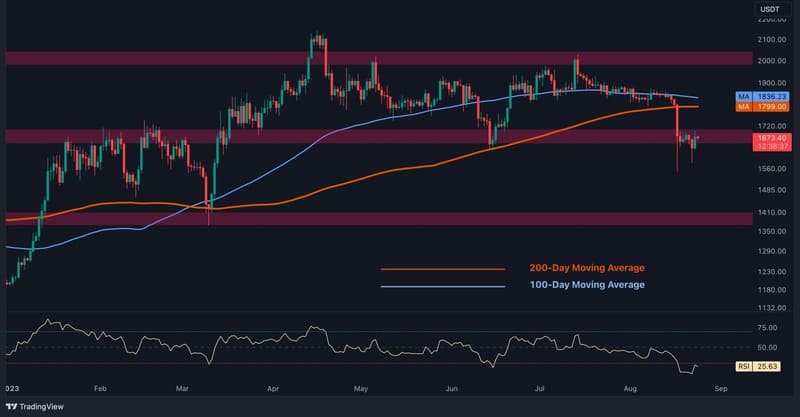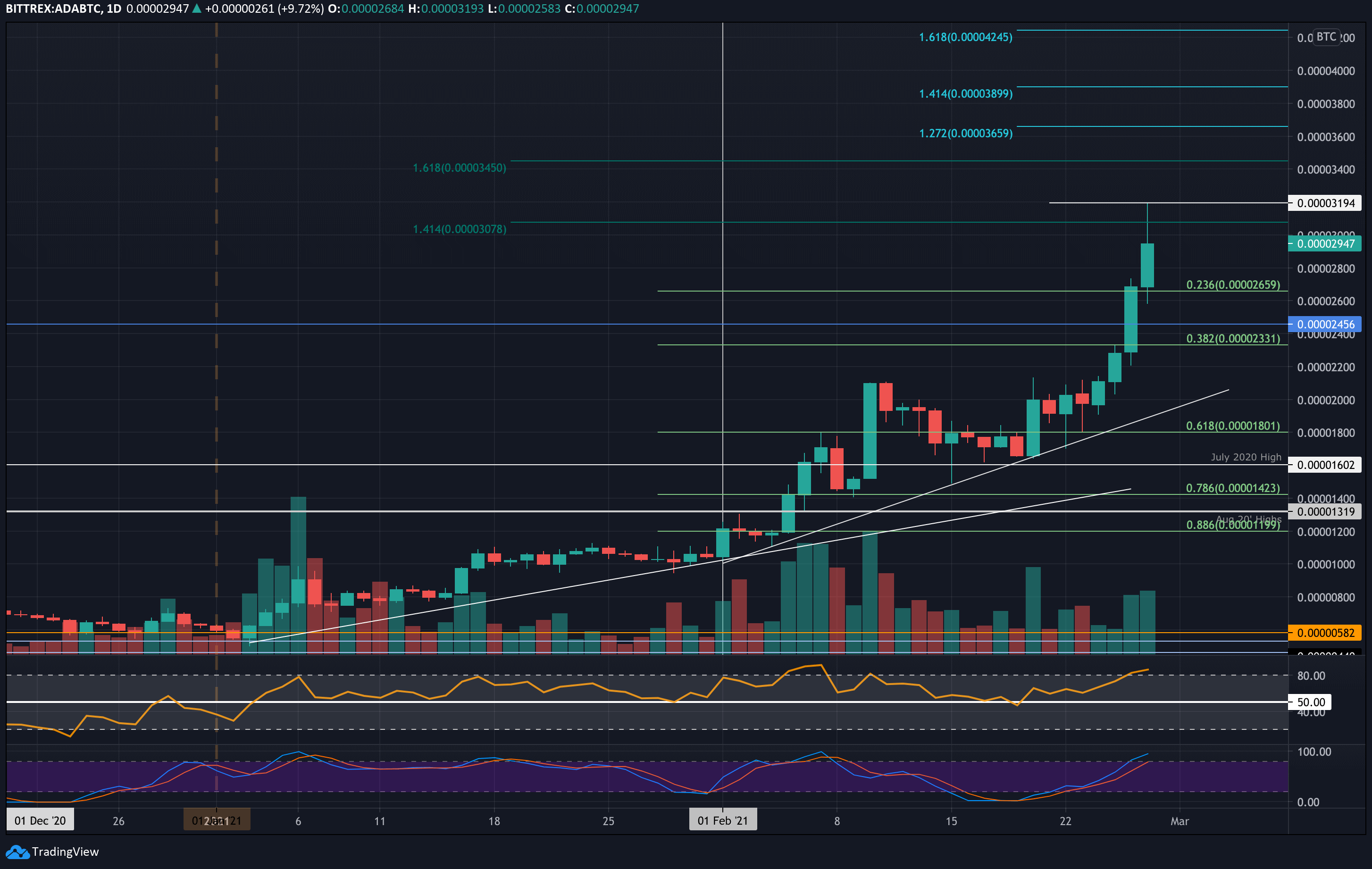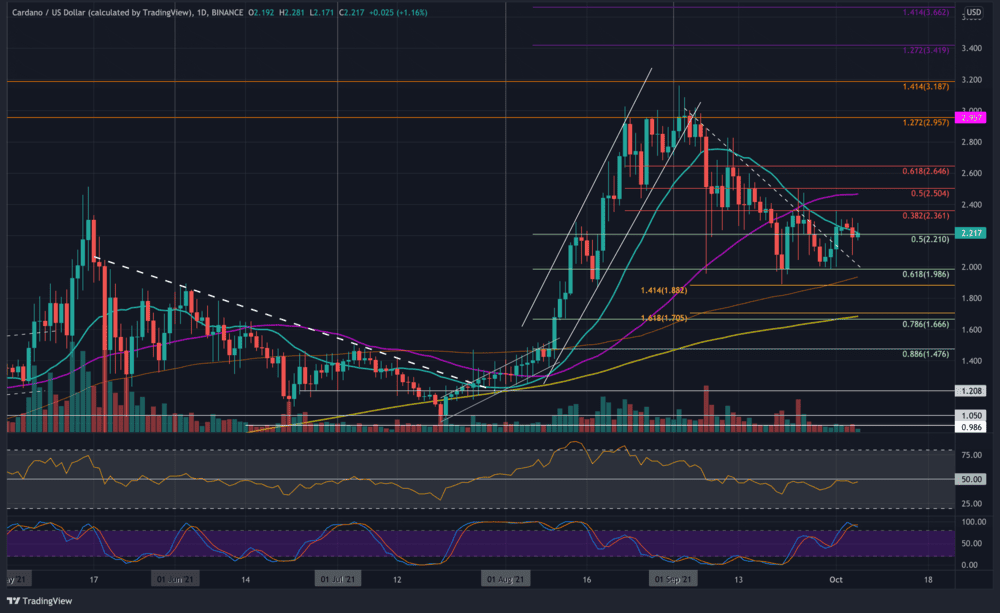
Ethereum’s price has experienced a sharp downturn after being rejected at the critical $1.8K resistance level. This sudden price drop has resulted in the asset falling below both the 100-day and 200-day moving averages, signaling a shift towards a bearish market structure for ETH.
The Daily Chart
After a prolonged period of quiet price action around the $1.8K level, Ethereum’s price faced a rapid decline, breaching both the 100-day and 200-day moving averages at $1,835 and $1,800, respectively. A market is typically considered bearish when the price stays below the 200-day moving average, which acts as a key trend indicator.
The immediate support at $1,650 is currently holding, potentially allowing for a short-term rebound or pullback. However, the market’s shift toward a bearish structure increases the likelihood of a further decline, with the $1,400 support level emerging as a possible target in the coming weeks.
The 4-Hour Chart
On the 4-hour chart, the breakdown below the $1.8K support level has triggered a swift downward move, pushing the price below $1,650. While the price has shown some signs of stabilization, the Relative Strength Index (RSI) has rebounded from the oversold zone, signaling a potential short-term consolidation phase.
It seems likely that Ethereum will experience a period of consolidation between the $1,650 support and $1.8K resistance before another potential attempt by sellers to push the price lower.
Decline in Fund Engagement
Analyzing Ethereum’s fund holdings metric reveals a significant downtrend since June 2022. Unlike Bitcoin, which has seen intermittent periods of fund distribution and increased demand, Ethereum has faced consistent declines in interest from asset management funds such as ETFs and trusts. This trend suggests reduced participation from institutional investors and funds, leading to lower market liquidity and a decrease in overall interest in Ethereum.
For Ethereum’s price to see a sustained recovery, a shift in this trend is essential. A steady increase in institutional investment would be necessary to drive a bullish resurgence. As of now, the decline in fund engagement calls for a cautious approach, especially in light of other bearish signals.



